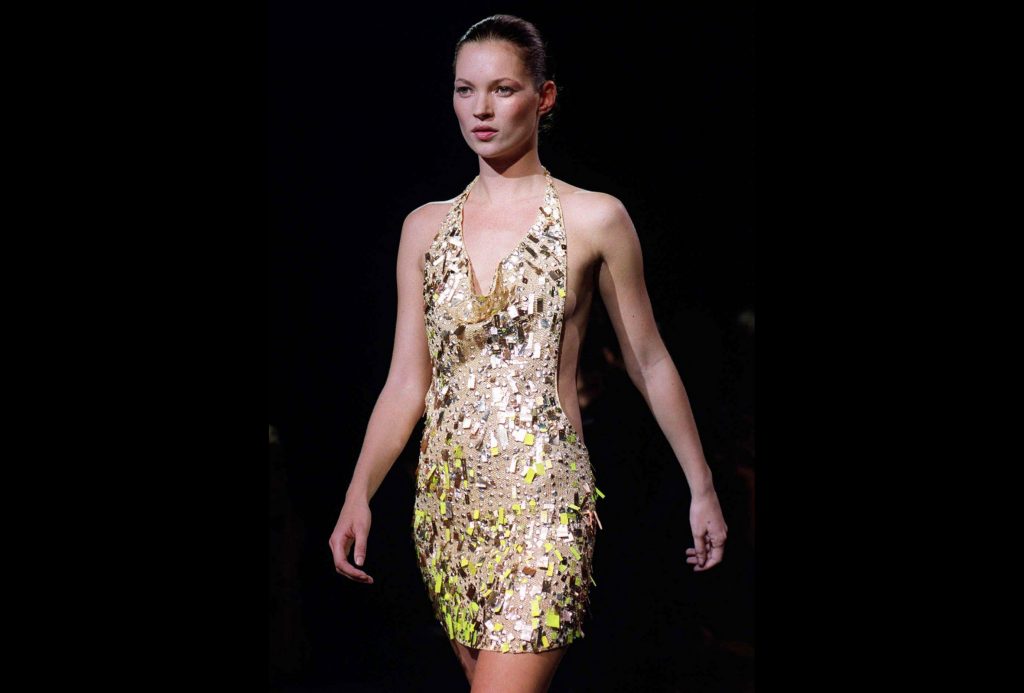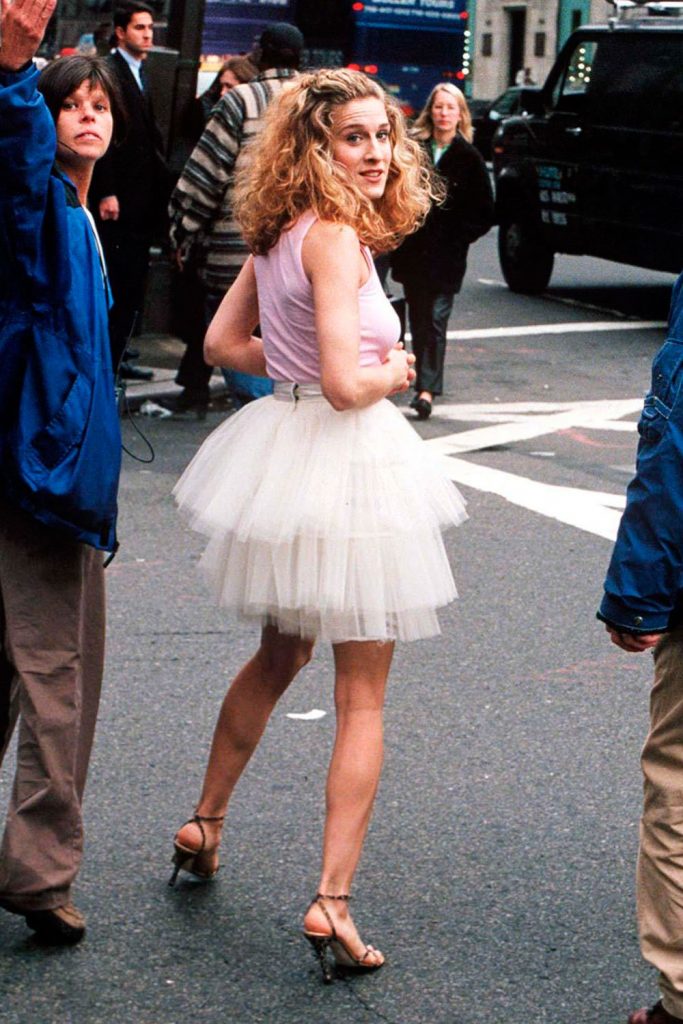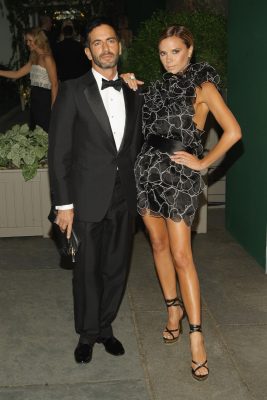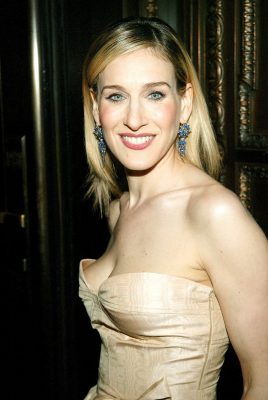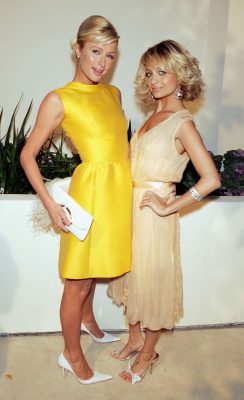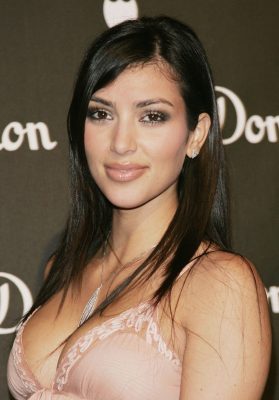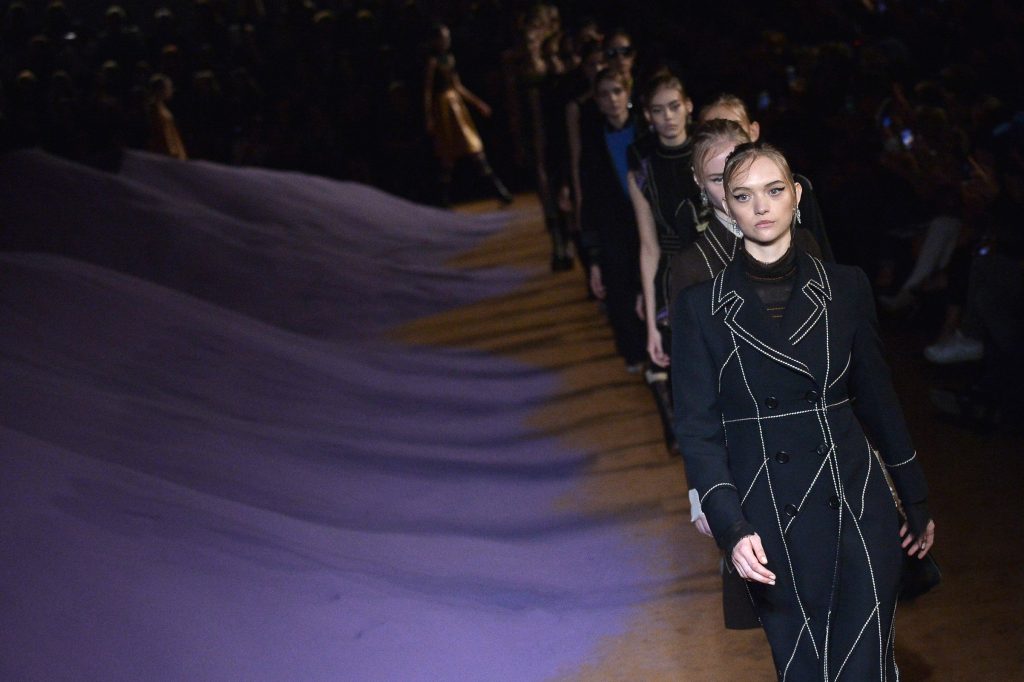Are we redefining what it means to be outdated? The fashion industry is yearning for a revival of a time experienced not so long ago.
By Christopher Prince
The Noughties revolution has sneaked its way into our periphery, riffed on the catwalks, in fashion trends and reverberated back into our wardrobes, waiting to take hold of next season’s trend setters. Dealing with an industry obsessed with the new and revamping the old, with designers producing collections at an exponential rate, vintage has found it’s footing earlier than we could ever expect.
This season’s rebirth of the recent past counteracts everything associated with fashion. Rather than the usual mélange of go-to late sixties-early seventies garb or a nod to the reference-laden eighties, designers looked to their own recent history for inspiration. Trends used to arrive systematically every three decades – consider Grease which stylised a 80s nostalgia for a 50s environment. Today a style comeback is estimated to appear after only 7 years. The influx of technology has played an instrumental part in this turnaround. Ever-expanding consumer awareness no longer relies on just the purchase. People now look to create and curate for an online audience, redefining personality traits and shaping a modern image to counteract the outdated fashion on their backs.
Consumers are bombarded with information and oversaturated with images. It’s only now that they are processing that information and choosing to reject it almost as instantly, redefining the term ‘fast fashion’. In comparison to just a decade ago where trends lasted for at least 6 months, todays consumer demands more from their labels. Designers are pushed to create additional collections or capsules pocketed between each season in order to maintain a financial focus.
Aside from the consumer, the Noughties gave us a fresh start and a new understanding of modernity. It carried over the party appeal of the Nineties and rebranded what was already familiar. This notion is already being celebrated on the catwalks. Sportswear, though a stalwart seasonal trend, found its footing with new masculine undertones, derivative of early Noughties Blur or Oasis. The juggernaut model icons from the early 2000s – Gemma Ward and Lara Stone, were catapulted back into relevance on the runway of Prada’s latest SS15 collection. Carine Roitfeld reintroduced the restraint of Noughties elegance with her tried and true Parisian aesthetic on the cover of her fifth CR Fashion Book featuring the extraordinary Beyoncé. Whilst Erykah Badu, made famous for her sophomore album, Mama’s Gun (2000) fronted last season’s Givenchy campaign, and is now firmly embedded as part of the historic fashion house.
Where the Noughties differentiated itself from the grunge aesthetic of the Nineties was the immediacy of the celebrity status. The rise of the designer ‘it’ bag was bred as a status symbol, a piece of arm candy worth astronomical sums. Though superficial, the Noughties had its philanthropic moment. Fashion became green and environmentally friendly. Style was no longer a statement but also a political issue thanks to the ‘Make Poverty History’ kick starter, allowing brands to harness fashion to improve a bigger cause in the developing world.
Closer to home fashion became democratised. For the first time the average consumer could dress in the latest catwalk looks from head-to-toe without feeling financial stress. Designers like Karl Lagerfeld and Roland Mouret created diffusion lines for more affordable brands and celebrity collaborations from the likes of Madonna and Victoria Beckham inspired a generation to upscale their wardrobes. People increasingly became obsessed with image, society and most importantly, celebrity.
So how does this mindset translate to 2015? We look forward whilst maintaining the past by reinventing what modernity meant in the noughties. Instead of an oversaturation of trends and seasonal collections we take time out of the equation and instead dress exactly how we want.

